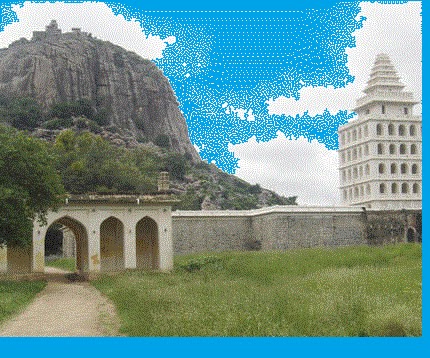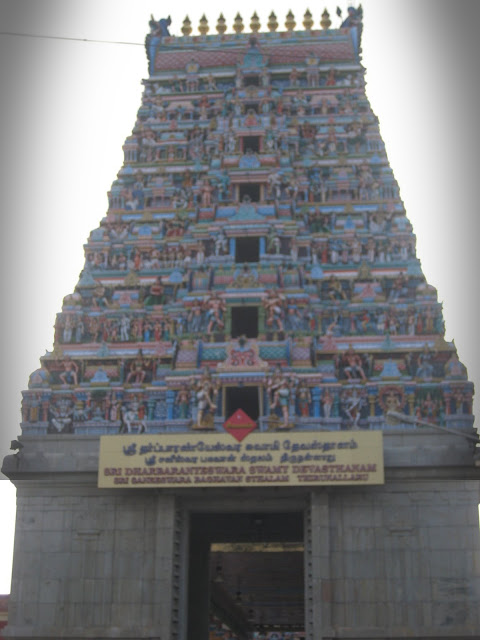FORT - SYMBOL OF VICTORY AND FRIENDSHIP
 | ||
THIS FORT IS THE SYMBOL OF VICTORY AND FRIENDSHIP , IT IS A HISTORICAL PLACE IN INDIA .Gingee Fort also known as Sayinjhi or Sayinjhi in Tamil Nadu, India is one of the few surving forts in Tamil Nadu — which is much more popular for its temples than forts. It lies in Villupuram district, 160 km (100 mi) from the state capital, Chennai, and is close to the union territory of Pondicherry. So well fortified was this place that Shivaji ranked it as the "most impregnable fortress in India" and it was called the "Troy of the East" by the British. Originally the site of a small fort built by the Chola dynasty in 9th century AD, it was later modified by the Vijayanagar empire in the 13th Century to elevate it to the status of an un-breachable citadel to protect the small town of Gingee.It was also the head quarters of the Gingee Nayaks,during the Nayak domination in Tamil Nadu. The fort was built as a strategic place of fending off any invading Muslim armies. The fort was further strengthened by the Marathas under the leadership of Shivaji in 1677 AD, who recaptured it from the Bijapur sultans who had originally taken control of the fort from the Marathas. For most part of the 1690s the fort was under constant siege by the Mughals, who were unable to enter the fortress for over a decade, before finally coming under their control. It was later passed on to the Carnatic Nawabs who lost it to the French in 1750 before the British finally took control in 1761 despite losing it to Hyder Ali for a brief period. kalyana mandapam [edit] Structure The fort consists of three hills, connected by walls enclosing an area of 7 km². It was built at a breathtaking height of 800 feet (240 m), and protected by an 80-foot (24 m) wide moat. It had an eight-storeyed Kalyana Mahal (marriage hall), granaries, prison cells, a military gymnasium and a temple dedicated to its presiding female Hindu deity called Chenjiamman. The fortifications contain a sacred pond known as Aanaikulam. The walls of the fort are a mixture of the naturally hilly terrain comprising the Krishnagiri, Chakkilidrug and Rajagiri hills, while the gaps were sealed with the main wall that measures 20 metres in thickness. It was thus an impressive sight where the defender could seal himself indefinitely. Legends of Gingee Perhaps the most enduring legend in Tamil culture was that of the tragic tale of Raja Tej Singh, popularly known in Tamil as Thesingu Raasan. The true life story of Tej Singh and his general Mehboob Khan (aka Maavuthukaran), who were friends, has inspired many poems, street plays, and countless other stories. Son of Swarup Singh, he revolted against the Nawab of Arcot, and was defeated and killed in the war that followed. Though Gingee became a part of the Nawab's territory in 1714 the young and courageous Tej Singh became a legend and his life, love and brave but tragic end were eulogised in various ballads. Current condition After the fort passed into British hands, it did not see any further action. The fort at Gingee was declared a National Monument in 1921 and was under the Archeological Department. Recently the Tourism Department of India has tried to popularise this remote and oft forgotten fort in Tamil Nadu. Gingee today, with its ruined forts, temples and granaries, presents a different picture from the glorious splendor of its bygone days. But the remains of that glorious past, speak volumes about the numerous invasions, warfare and bravery that it witnessed.

Comments
Post a Comment